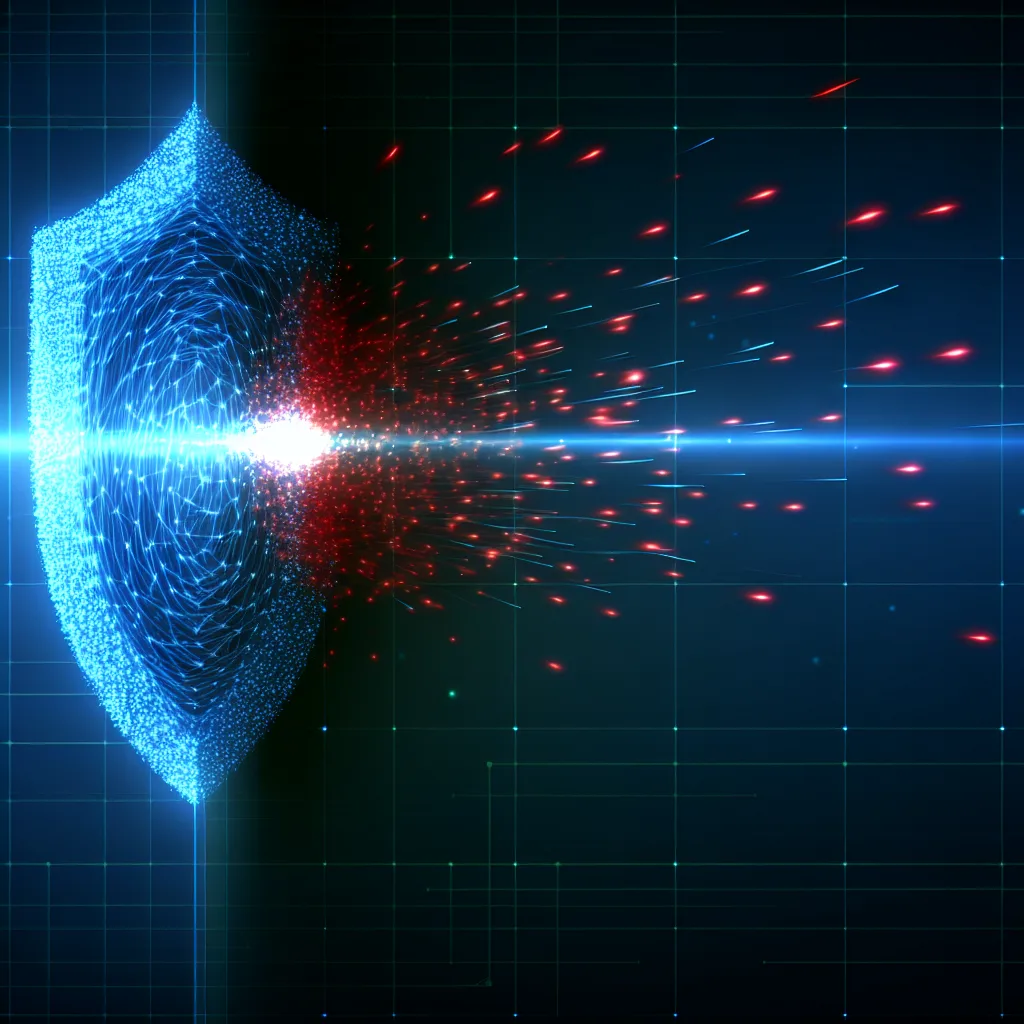A friendly chat about why AI-powered cybersecurity isn’t just a trend, but an essential tool in the fight against modern digital threats.
I was grabbing coffee with a friend the other day who works in a totally different field, and she asked me what the big deal was with AI in my world. “Isn’t that just for, like, writing emails and making funny pictures?” It’s a fair question. The truth is, AI is quietly becoming one of the most critical tools we have, especially when it comes to AI-powered cybersecurity. It’s not just a buzzword anymore; it’s becoming the new front line in a digital war that’s moving faster than any human can track.
The core of the issue is this: the people trying to break into networks and steal data are getting smarter and faster. They’re using automation and their own AI tools to launch attacks at a massive scale. For a human security analyst, trying to keep up is like trying to catch raindrops in a hurricane. This is where the real value of AI in security starts to show.
So, What’s the Real Job of AI-Powered Cybersecurity?
When we talk about AI-powered cybersecurity, we’re not talking about some sci-fi robot standing guard. It’s more like an incredibly smart and fast assistant that can see patterns humans would miss. Think of it in a few key ways:
- Finding the Needle in the Haystack: A typical company network generates millions of logs and alerts every single day. It’s impossible for a person to review all of them. AI can sift through that mountain of data in real-time, spotting the one tiny anomaly that might signal an attack. It learns what “normal” looks like and flags anything that deviates, from an employee suddenly accessing weird files to unusual traffic patterns heading to a foreign country.
- Predicting the Next Move: Instead of just reacting to threats, machine learning models can analyze past attacks and global threat intelligence to predict where a new vulnerability might appear. It helps teams patch weaknesses before they can be exploited.
- Fighting Smarter Phishing: We’ve all seen those phishing emails with bad grammar. But now, attackers are using AI to write perfectly convincing, personalized messages. In response, defensive AI can analyze emails for more subtle clues—like the sender’s true origin or unusual link structures—that our eyes would never catch.
It’s about shifting from a reactive “what happened?” mindset to a proactive “what might happen?” approach. Companies like IBM have been integrating AI for years to help security teams get ahead of threats instead of constantly cleaning up after them.
Do We Really Need AI to Fight AI?
This brings us to the big question. Are we heading toward a future where only an AI can defend against another AI? My honest take is… yes. Absolutely.
The game has changed. Attackers are using AI to:
* Automate their attacks: They can scan millions of systems for a specific vulnerability in minutes.
* Create mutant malware: AI can tweak malicious code automatically to avoid detection by traditional antivirus software.
* Launch hyper-realistic social engineering: Imagine a phishing email that references a real project you’re working on, written in the exact style of your boss. That’s what AI makes possible.
A human analyst, no matter how skilled, can’t make decisions or analyze data at the millisecond speed needed to counter an AI-driven attack. It’s an unfair fight. You have to fight fire with fire, or in this case, code with code. It’s less about replacing human experts and more about equipping them with a tool that can keep pace with the threat.
The Limitations of AI-Powered Cybersecurity
Now, it’s not a magic wand. AI is a powerful tool, but it’s not perfect. The models are only as good as the data they’re trained on, and they can sometimes be tricked. There’s a whole field of study around “adversarial AI,” which focuses on fooling machine learning models.
That’s why the human element is more important than ever. An AI can flag a potential threat, but it still takes a skilled security professional to investigate, understand the context, and make the final call. As explained in a great piece by CSO Online, the goal isn’t to create a fully autonomous defense system, but to build a partnership. The AI handles the scale and speed, while the human provides the critical thinking and strategy.
As we look toward 2026 and beyond, this human-machine team is going to be the standard. The conversation is no longer if we should use AI in security, but how we can use it most effectively. It’s the only way we’re going to keep up.
